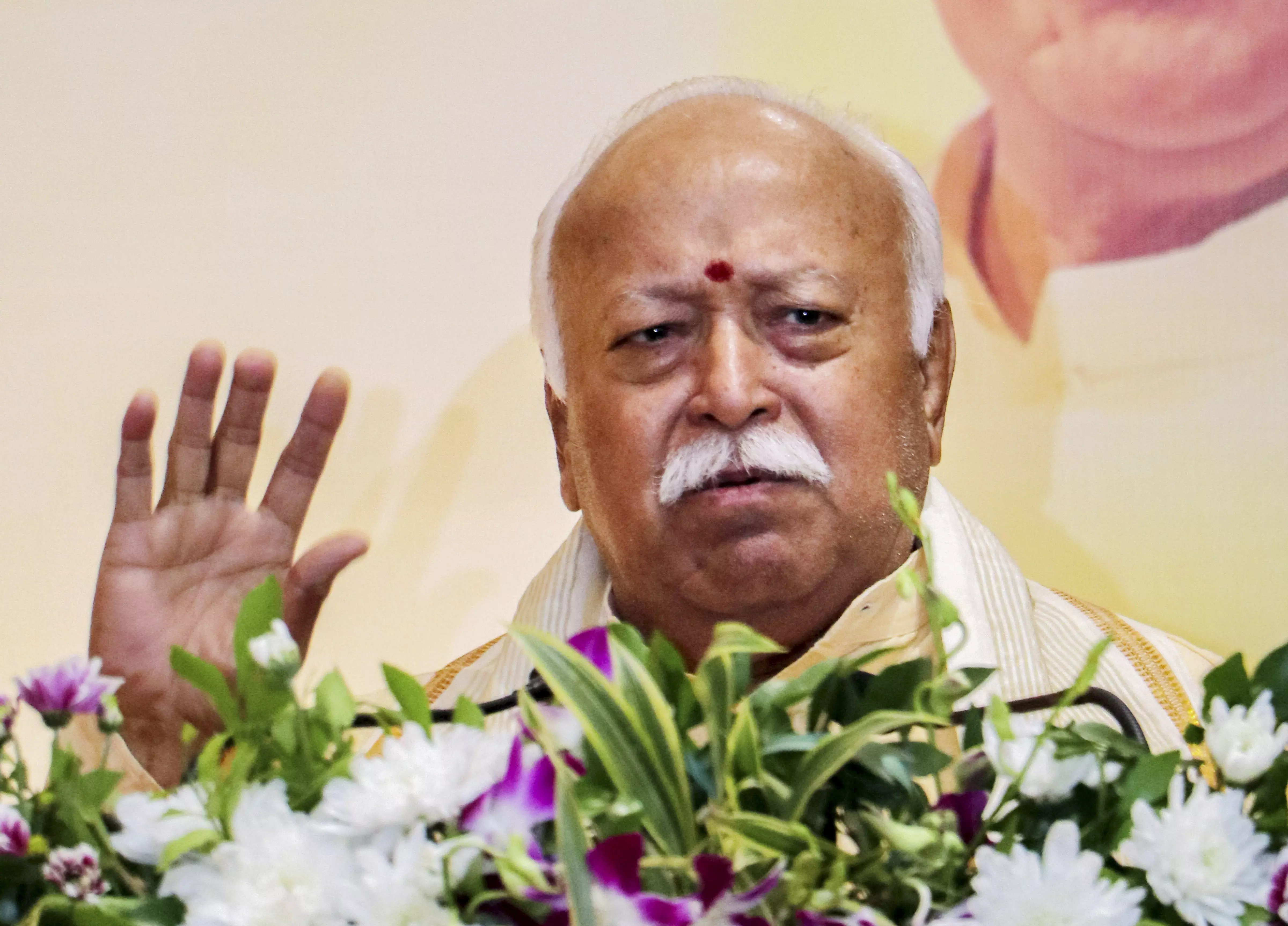DC Edit | Indians don’t need larger families, only a better life

It may suit the political viewpoint of the Rashtriya Swayamsevak Samaj, ideological parent of the ruling BJP, to keep igniting the debate over population in India, as its chief Mohan Bhagwat did in saying most recently that a society would perish if its population growth rate fell below 2.1 and that the total fertility rate (TFR) needs to be at least three, towards which he recommends parents to have at least three children.
What the RSS chief did not bring up, wisely enough, this time is the comparative growth rate of communities as designated by religion because that could only add an incendiary element at a time when the debate is already loaded with differing views on India’s population growth and desired controls over population that have yielded positive results over the last few decades.
As the world’s most populous country, India, with a population now exceeding 144 crore, is already weighed down with numbers that defeat the demographic dividend often spoken of when referring to the young average age of the country’s people. Even at the current growth rate, India is projected to have a population of 150 crore by 2030 and 166 crore by 2050.
To put such a dividend from greater human capital to good use, there would have to be opportunities for productive employment, which can come only with higher education standards, skilling and training, of course, provided that economic growth can be sustained to provide for a population growing even at the lower TFR.
The focus should not so much be on population control, which is not a problem now, as about raising the standard of living and quality of life of a country with so many people. Only a far higher economic growth than the currently projected 7 per cent can even attempt to provide improved standards of living for all. The challenge of providing for people in sheer terms of total number in one country can easily be guessed at when we see the figures in perspective.
It is not only the RSS that is viewing the TFR of 2.1 in a different light as the chief ministers of southern states of Andhra Pradesh and Tamil Nadu have also been advocating larger families as they feel the south, having followed the family planning concepts better for decades, will suffer when and if the parliamentary seats for each state are recast proportionate to their population in this decade.
How wrong all of them can be is best reflected when considering how difficult it is already for governments to provide basic education to children, job opportunities for the working age population and healthcare for all, most of all for the ageing population. Very soon India will have the largest working population in the world, and it will continue to be a problem that only about a quarter of the women are employed.
The task is about improving the lives of those living now and those who are to be expected to join them soon at the existing rate of TFR. How to achieve that for all Indians when educational attainments are not up to the mark and the workforce lacks basic skills and the country's employment rates are still one of the lowest.
While arguing about TFR and the perceived political need for larger families, sight should not be lost of the fact that 81.35 crore people are being given free foodgrains in 2024 and India ranks 101 out of 116 nations on the Global Hunger Index despite a vast PDS system. Politicians must think before speaking to people on the need for larger families. They may believe it is good politics, but it is very poor economics when it comes to providing for the country’s people.

